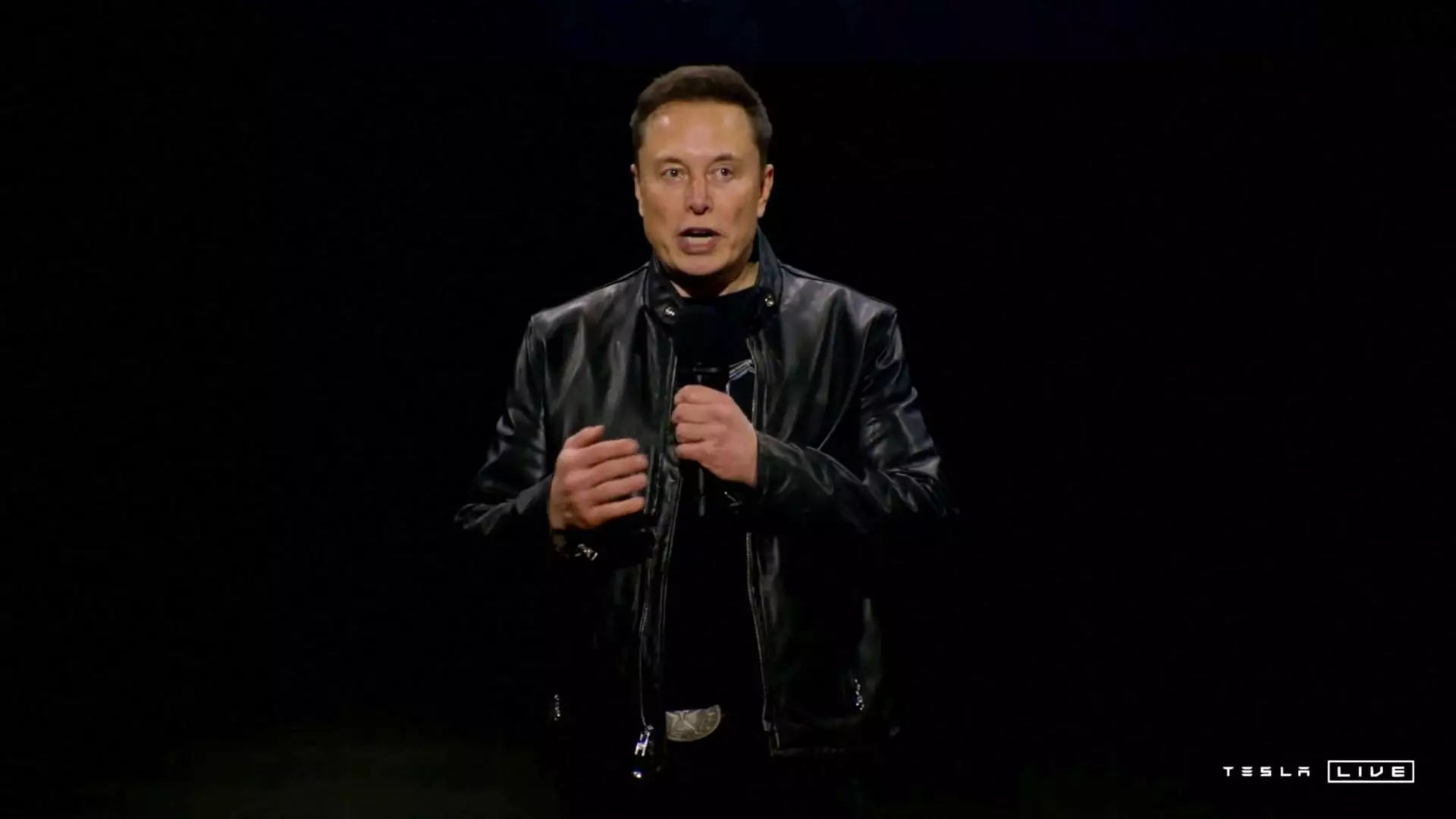Tesla’s recent quarterly results have raised eyebrows throughout the automotive and financial sectors, as the company revealed its fourth-quarter production and delivery figures. While the sheer volume of vehicles produced and delivered remains impressive, the numbers also underline significant shifts in the market environment, competition, and corporate strategy that could impact Tesla’s path forward.
The Numbers Speak: A Decline in Deliveries
In Q4 2024, Tesla reported total deliveries of 495,570 vehicles, while production stood slightly lower at 459,445 units. Despite showcasing impressive figures, these numbers mark an unsettling trend as they represent the first annual drop in deliveries for Tesla. The company’s total deliveries for the year were reported at 1,789,226, a drop from 1.81 million in 2023. This decline signifies a critical juncture in Tesla’s trajectory, where growth rates have begun to falter, raising questions about the sustainability of its once-impressive rise. The stock market reacted swiftly, with Tesla’s shares dipping as much as 7% following the announcement, highlighting investor concerns over the company’s future performance.
Market analysts had initially projected Tesla to exceed 500,000 deliveries in Q4, with estimates ranging from 504,770 to 506,763 vehicles. The actual figures fell short, suggesting that Tesla may have overestimated demand under the current competitive landscape. As Tesla navigates a landscape filled with emerging competitors such as Ford, Rivian, BYD, and others, these discrepancies between projections and reality might signal a deeper issue with demand or inventory management. The independent analyst Troy Teslike also forecasted numbers that were closer to the reality, further emphasizing the disconnect between analyst estimates and the company’s performance.
Adding to the complexity of Tesla’s situation is CEO Elon Musk’s involvement in political activities, notably supporting President-elect Donald Trump and donating a significant amount of money to Republican campaigns. This diversion of focus has been noted by industry observers, including AutoForecast Solutions’ Sam Fiorani, who warned that Musk’s attention might have shifted away from Tesla’s core operations. The implications of this political entanglement on Tesla’s performance will likely only be visible in the coming quarters, raising concerns among investors about Musk’s prioritization of automobile production versus political participation.
Increased Competition: A Growing Concern
Tesla has long held a predominant position in the electric vehicle (EV) sector, but the landscape is shifting rapidly. Competition is intensifying, particularly from established automotive giants like General Motors and Ford, as well as growing players such as BYD in China and European manufacturers like BMW and Volkswagen. Insights from Patrick George of InsideEVs support this view, stating that Tesla’s biggest challenges are now operational — the “nuts and bolts” of running a car company. While Tesla continues to excel in certain areas, particularly with its charging infrastructure, the company’s traditional strength in innovation is now being challenged by competitors whose prioritization of EV production and affordability could diminish Tesla’s market share.
Geographically, Tesla’s performance has waned in key markets like Europe and China. In Europe, the automaker witnessed a 14% decline in vehicle sales from January to November 2024, exacerbating concerns about Tesla’s dominance in the region. In China, while the Model Y remains a strong performer—the second best-selling EV—the overall growth rate remains underwhelming compared to the booming EV market. Local brands are capturing market share, and industry analysts predict that Tesla must adapt to this rapidly evolving competitive environment to avoid further losses.
Despite the challenges, Tesla maintains a vision for future growth, with plans to introduce more affordable electric vehicles and advance into autonomous technologies by 2025. Musk envisions a projected growth of 20% to 30% by lowering vehicle costs—an essential strategy to attract a broader customer base amidst rising competition. However, this optimistic outlook depends heavily on Tesla’s ability to rejuvenate sales and streamline operations while continuing to innovate.
Tesla stands at a pivotal moment in its history, where impressive production numbers intersect with notable declines in sales and mounting competition. As the company seeks to navigate these challenges, its strategic focus on affordability and technology will be crucial in reclaiming its former growth trajectory. The future remains uncertain, but Tesla’s ability to innovate and adapt will determine its position in the rapidly evolving automotive landscape.

